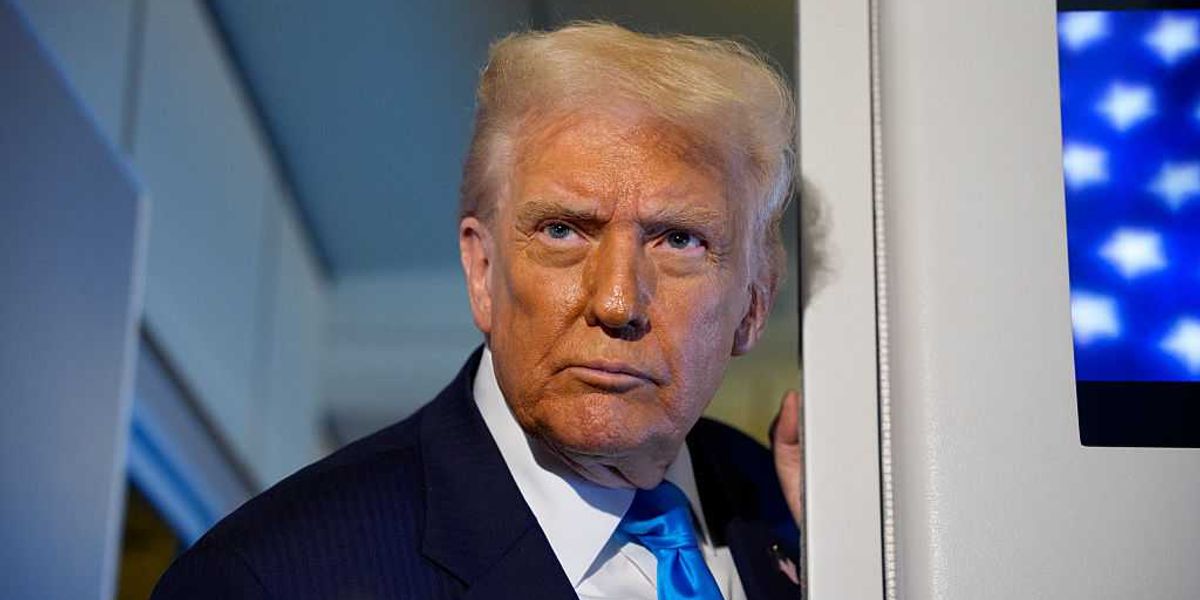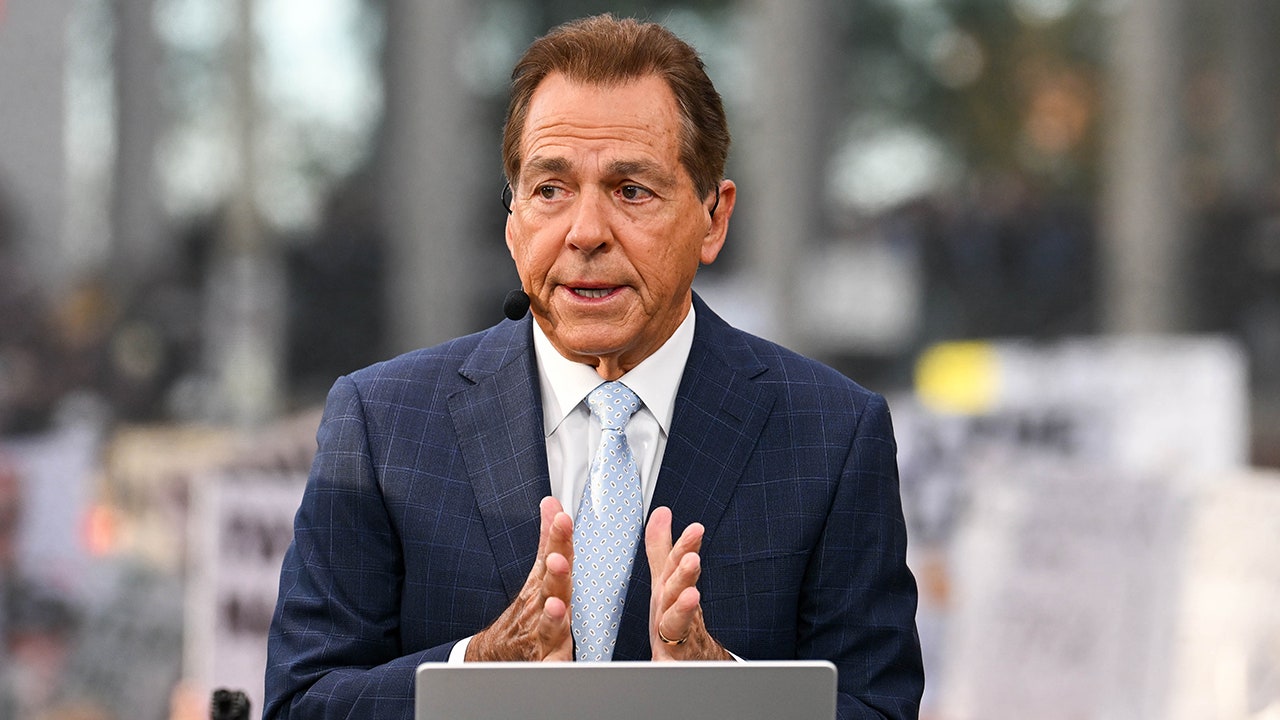Commerce Secretary Howard Lutnick confirmed Sunday that the United States will maintain a 10% baseline tariff on all foreign imports for the foreseeable future, signaling that the policy will remain a cornerstone of the Trump administration’s trade agenda regardless of future deals.
The tariff, introduced as part of President Donald Trump’s “Liberation Day” tariff package in April, applies broadly to foreign goods entering the U.S. market.
While reciprocal tariffs on select countries were implemented at higher rates and temporarily paused for 90 days, the 10% base levy remains active and is expected to continue indefinitely.
Trump’s Sovereign Wealth Fund: What Could It Mean For Your Money?
“We do expect a 10% baseline tariff to be in place for the foreseeable future,” Lutnick said during an appearance on CNN’s State of the Union with Dana Bash.
“We will not go below 10%, that is just not a place we’re going to go.”
Howard Lutnick: “We do expect a 10% baseline tariff to be in place for the foreseeable future.”
— The Post Millennial (@TPostMillennial) May 11, 2025
This Could Be the Most Important Video Gun Owners Watch All Year
Lutnick’s remarks follow similar comments from President Trump, who last week reaffirmed the long-term role of the 10% tariff in protecting American industries.
Speaking on Friday, Trump said the baseline tariff would “always” remain in place, though he acknowledged there may be rare instances in which exceptions could be considered.
“You are going to always have a baseline,” Trump stated.
“I mean, there could be an exception. At some point, we’ll see [if] somebody does something exceptional for us. It’s always possible.”
Despite ongoing negotiations and new trade agreements with several allied nations, the administration has made clear that the 10% tariff is not subject to change.
A recent deal with the United Kingdom, finalized late last week, significantly lowered tariffs on steel, aluminum, and automobile imports.
Still, the 10% baseline tariff was retained in full.
The UK trade agreement is one of several bilateral deals currently under negotiation, as the White House pursues a strategy of targeted reductions on specific goods while maintaining broader structural protections for American manufacturers and workers.
Trump administration officials have described the baseline tariff as a permanent feature of U.S. trade policy that reflects a shift toward long-term self-sufficiency and fair treatment in global markets.
The policy is designed to encourage domestic production and level the playing field for American companies competing with lower-cost goods from overseas.
Since its implementation in April, the baseline tariff has applied uniformly across imports from all nations, unless adjusted by separate reciprocal agreements.
The temporary 90-day pause on country-specific higher tariffs was intended to provide time for negotiations with key trading partners. Those talks are ongoing.
While some trading partners have raised concerns over the economic impact of the 10% tariff, U.S. officials have remained firm in their position.
Lutnick emphasized that the administration is committed to sustaining the tariff level as a foundational part of its trade framework.
“There are no current plans to scale it back,” Lutnick said.
“We’re focused on strengthening American industry, and this is part of that effort.”
The Trump administration’s trade policy has drawn both support and criticism, but officials maintain that the 10% import tariff is delivering on the goal of recalibrating international trade to prioritize U.S. interests.
Remember, there’s a ZERO percent tariff on all goods made in the USA!
— Howard Lutnick (@howardlutnick) May 11, 2025
Connect with Vetted Off-Duty Cops to Instantly Fulfill Your Security Needs
Read the full article here


![Trump’s Commerce Secretary Howard Lutnick Confirms [WATCH] Trump’s Commerce Secretary Howard Lutnick Confirms [WATCH]](https://www.rvmnews.com/wp-content/uploads/2024/11/2024.11.19-09.45-rvmnews-673d0712601f7.jpg)









